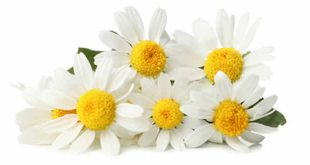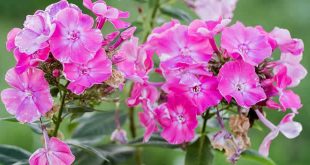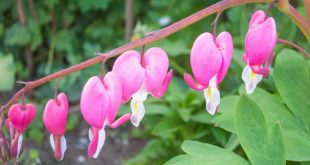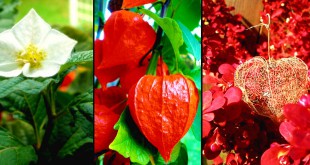 Vanilla — Vanilla is a genus of about 110 species in the orchid family (Orchidaceae), including the species Vanilla planifolia from which commercial vanilla flavoring is derived. The name came from the Spanish word “vainilla”, diminutive form of “vaina” (meaning “sheath”), which is in turn derived from Latin “vagina”.
Vanilla — Vanilla is a genus of about 110 species in the orchid family (Orchidaceae), including the species Vanilla planifolia from which commercial vanilla flavoring is derived. The name came from the Spanish word “vainilla”, diminutive form of “vaina” (meaning “sheath”), which is in turn derived from Latin “vagina”.
This evergreen genus occurs worldwide in tropical and subtropical regions, from tropical America to tropical Asia, New Guinea and West Africa. It was known to the Aztecs for its flavoring qualities. It is also grown commercially (esp. Vanilla planifolia, Vanilla pompona and Vanilla tahitensis).
This genus of vine-like plants has a monopodial climbing habit. They can form long vines with a length of more than 35 m, with alternate leaves spread along its length. The short, oblong, dark green leaves of the Vanilla are thick and leathery, even fleshy in some species, though there are a significant number of species that have their leaves reduced to scales or have become nearly or totally leafless and appear to use their green climbing stems for photosynthesis. Long and strong aerial roots grow from each node.
The racemose inflorescences short-lived flowers arise successively on short peduncles from the leaf axils or scales. There may be up to 100 flowers on a single raceme, but usually no more than 20. The flowers are quite large and attractive with white, green, greenish yellow or cream colors. Their sepals and petals are similar. Each flower opens up in the morning and closes late in the afternoon, never to re-open. If pollination has not occurred meanwhile, it will be shed.
The lip is tubular-shaped and surrounds the long, bristly column, opening up, as the bell of a trumpet, at its apex. The anther is at the top of the column and hangs over the stigma, separated by the rostellum. Blooming occurs only when the flowers are fully grown. Most species have a sweet scent. The flowers are self-fertile but need pollinators to perform this task. The flowers are presumed to be pollinated by stingless bees and certain hummingbirds, which visit the flowers primarily for its nectar. But hand pollination is the best method in commercially grown Vanilla.
The fruit (‘vanilla bean’) is an elongate, fleshy seed pod 10-20 cm long. It ripens gradually (8 to 9 months after flowering), eventually turning black in color and giving off a strong aroma. Each pod contains thousands of minute seeds, but it is the pod that is used to create vanilla flavoring. Significantly, Vanilla planifolia is the only orchid used for industrial purposes (in the food industry and in the cosmetic industry).
Vanilla species are used as food plants by the larvae of some Lepidoptera species including Hypercompe eridanus and Hypercompe icasia.
 Kids Portal For Parents India Kids Network
Kids Portal For Parents India Kids Network




